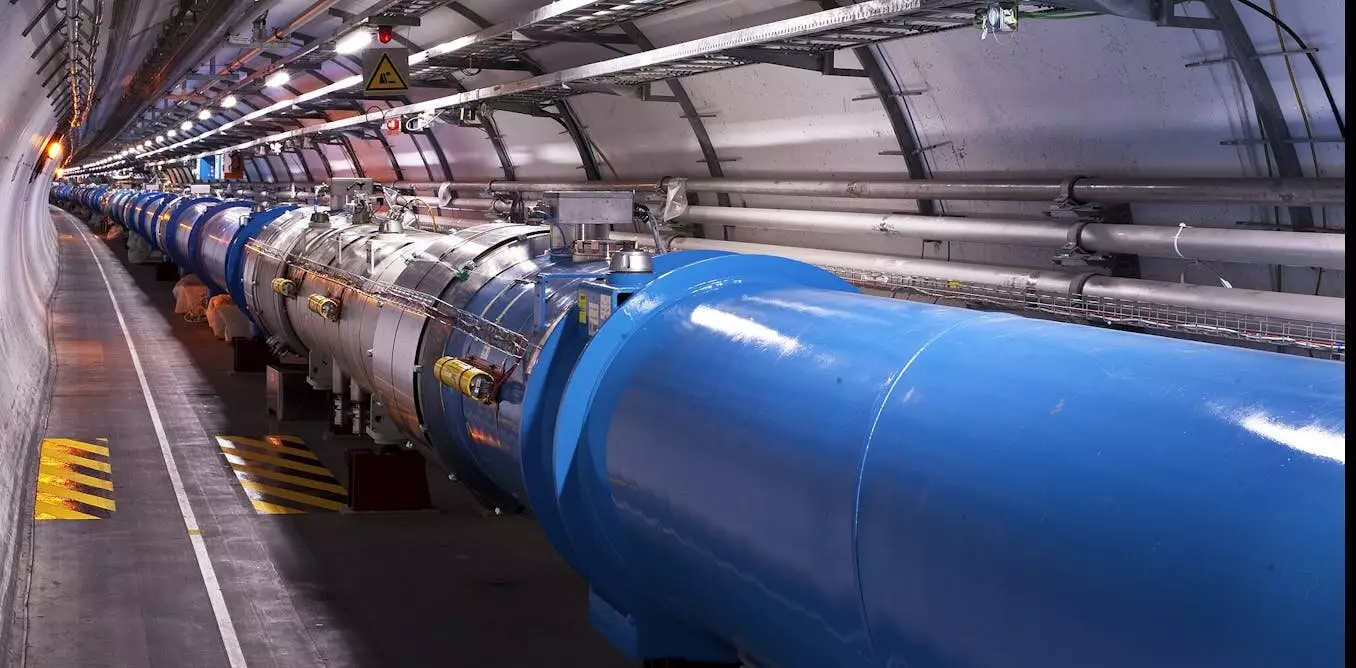At the European Organization for Nuclear Research, CERN, major physics experiments like the Large Hadron Collider require careful planning and execution every year. The reset process of the largest experiment, ATLAS, involves a collaborative effort by engineers and physicists to ensure that the equipment is calibrated properly. The LHC explores the hidden world of subatomic particles, helping scientists better understand the universe’s workings and evolution.
During the winter months, the collider and its experiments go into hibernation for maintenance. This period allows teams to replace pieces, install new components, and ensure that all machines are in working order for the upcoming season. Additionally, running the machines in winter is avoided due to higher electricity costs and the need to prioritize energy for heating in the nearby city of Geneva.
As spring approaches, teams at CERN prepare to wake up the LHC and its experiments for a new season of data gathering. Engineers and technicians reset the accelerator to smash protons, while experimental physicists like the author focus on preparing the experiments to collect data from the particles produced by the collider. The initial phase involves testing particle detectors using cosmic rays, which provide a natural source for calibration and verification.
Utilizing Subatomic Splashes
Following the cosmic ray tests, denser and more predictable sources called “subatomic splashes” are used to further calibrate the detectors. The LHC’s accelerator pipe, equipped with magnets and collimators, generates beam splashes when particles interact with its atoms. These beam splashes allow researchers to verify detector reactions, synchronization, and data storage capabilities.
Certain types of detectors, such as the Tile calorimeter in the ATLAS experiment, require specialized tests. This detector measures the energy of particles like neutrons and protons and consists of rows of tile-shaped sensors. To calibrate the detector accurately, specific particles called muons are used. Muons, similar to electrons but heavier, pass through multiple sensor rows without losing much energy, making them ideal for calibration purposes.
Final Calibration and Data Gathering
Once all detectors are calibrated and ready, the LHC accelerates protons to their maximum energy levels and initiates collisions. After weeks of meticulous testing and preparation, a new season of data gathering begins, offering the promise of potential new discoveries in the world of particle physics. The intricate process of restarting experiments at CERN showcases the dedication and precision required in the field of high-energy physics.
The detailed and intricate process of restarting experiments at CERN highlights the complexity and precision involved in conducting large-scale physics research. From hibernation periods and maintenance to calibration tests using cosmic rays and subatomic splashes, every step is crucial in ensuring the accuracy and reliability of data collected at the LHC. The collaborative efforts of engineers, technicians, and physicists demonstrate the importance of teamwork and expertise in pushing the boundaries of scientific discovery.


Leave a Reply